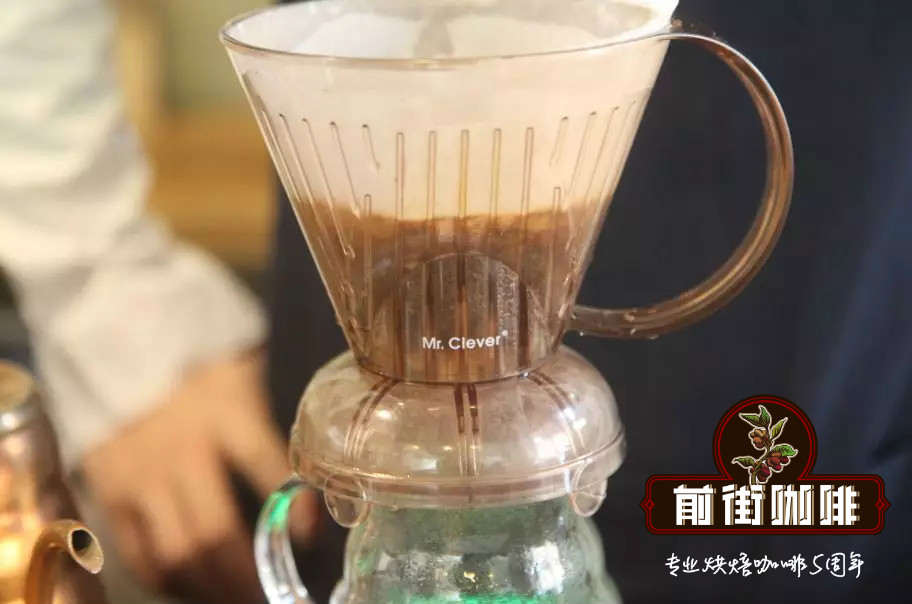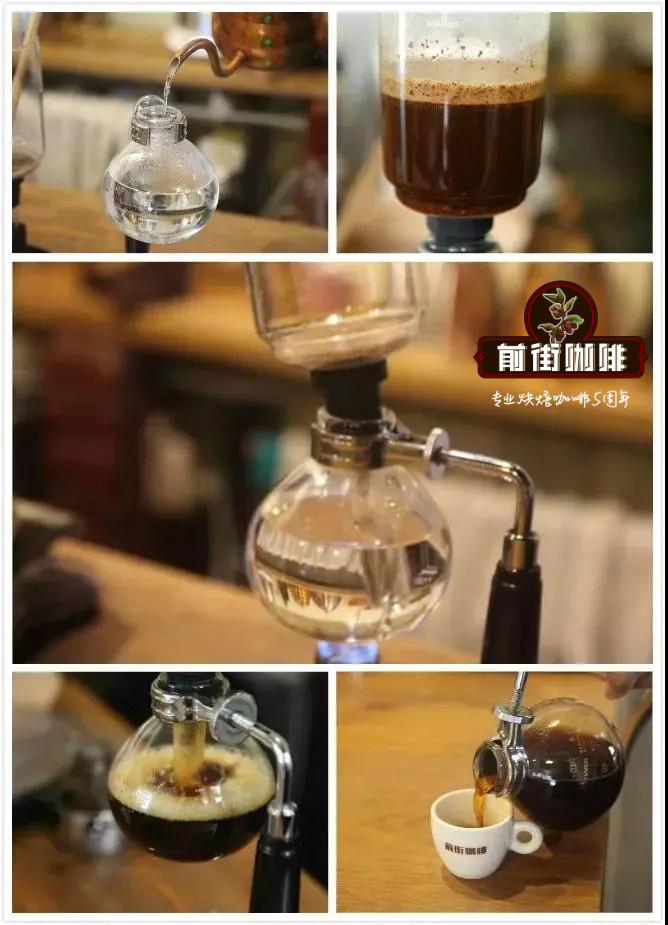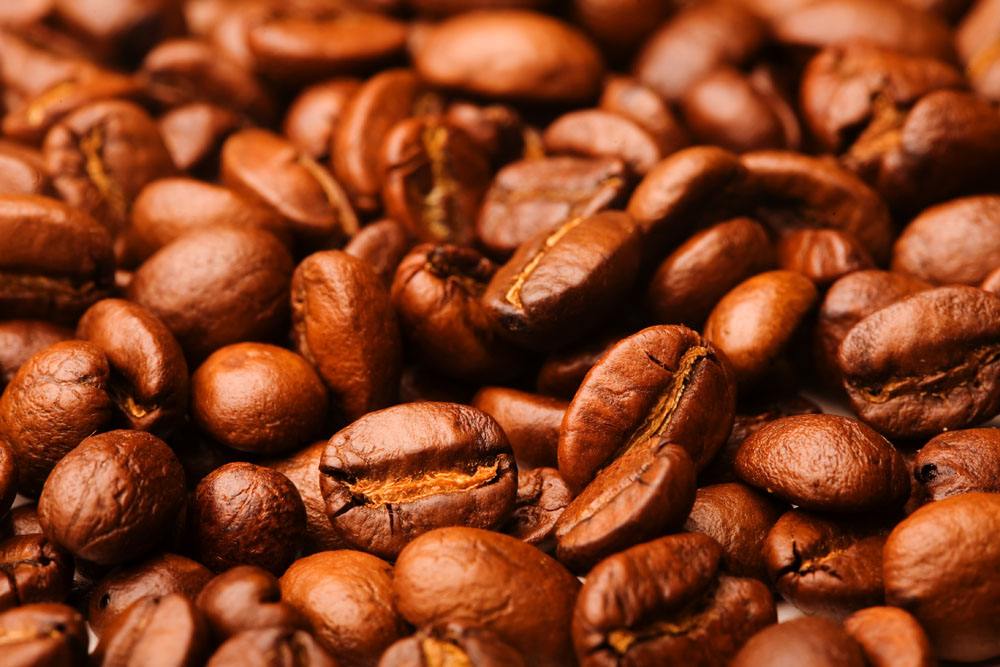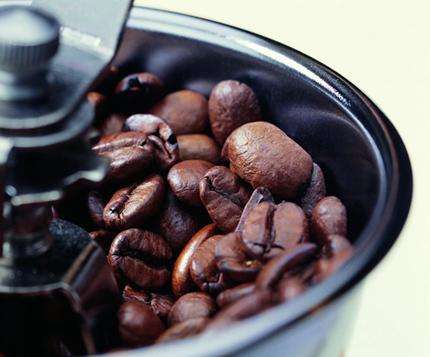How to drink Ugandan coffee beans?

Professional coffee knowledge exchange more coffee bean information please follow the coffee workshop (Wechat official account cafe_style)
Uganda's coffee production ranks first in Africa, accounting for more than 70% of its total exports. Uganda is also the hometown and main producing area of Robes specialty coffee. In the 1960s, Ugandan coffee production remained at 3.5 million bags a year. By the mid-1980s, coffee production had dropped to 2.5 million bags a year, mainly for political reasons. But now coffee production is on the rise again, currently about 3 million bags a year. It is mainly exported to the European Union, with Sweden, Italy and other countries as the largest coffee buyers.
The types and grades of Ugandan coffee are confirmed by the Uganda Coffee Development Authority, and the grading in Uganda is the same as in Kenya:
PB: peaberry
AA Plus-plus:
AA plus
AA: Screen 17 and 18 (sieve: 17, 18 mesh = 7.2mm)
AB: screen 15 and 166.6 mm (sieve: 15,16 mesh = 6.6 mm)
C
E
TT: light beans screened by airflow from AA and AB levels
Origin: Mt.Elgon Region Elgon Mountain region, Uganda, Africa
Raw bean: Organic HB organic certification hard bean Hard Bean
Note: the Bugidu tribe lives in the mountains of Elgonne and has become farmers of coffee experts. As the natural environment has not been damaged, so the production has been organically certified, which is a very special place. Because the mountains are steep and there are few formed roads in the mountains during the rainy season, transportation is not easy, but the Bujisu use donkeys to transport raw beans, which solves the problem. India uses elephants to transport coffee beans. So every time I drink Uganda, I feel the original enthusiasm for coffee.
Analysis of coffee brewing in Qianjie

Recommended cooking methods: siphon, hand flushing
Degree of grinding: 3.5 (Fuji R440, Japan)
Water temperature: 89 °C
V60 filter cup, 15g powder, water temperature 89-90 degrees, grinding 3.5.The ratio of water to powder is close to 1:15
Steaming in 30 grams of water for 30 seconds
Segment: water injection to 100ml cut off, slow water injection to 225ml
That is, 30-100-95
Other suggestions for trickling extraction:
Normal pressure: recommended grinding degree of 3.5-4 / water temperature 90 °C
Philharmonic pressure: recommended 2.5 grinding degree, water temperature 88 °C
Hand punch: 3.5 degree of grinding, water temperature 89 °C
END
Important Notice :
前街咖啡 FrontStreet Coffee has moved to new addredd:
FrontStreet Coffee Address: 315,Donghua East Road,GuangZhou
Tel:020 38364473
- Prev

Introduction of planting flavor in Uganda boutique coffee bean producing area
Uganda boutique: Uganda Bugishu AA.... The East African Great Graben (Rift Valley) connects Lake Weidoria with Mount Elgon, which is a famous and important boutique coffee belt in East Africa. The eastern side of Mount Elgon is one of the important coffee producing areas in Kenya, while the western side of Mount Elgon, the western highland on the Ugandan side, also produces great coffee. This area is Bugishu! Bugi
- Next

The cultivation and background introduction of coffee in Uganda
Uganda is a landlocked country in eastern Africa, straddling the equator, bordering Kenya to the east, Tanzania and Rwanda to the south, the Democratic Republic of the Congo to the west and Sudan to the north. Most of the territory is located in the Central African Plateau, lakes, with an average elevation of 1000-1200 meters. There are many lakes and plateaus in the mountains, which are known as plateau water villages. The western branch of the East African Rift Valley runs through the western border, with many rivers and lakes at the bottom of the valley. There is a Victoria in Uganda.
Related
- Detailed explanation of Jadeite planting Land in Panamanian Jadeite Manor introduction to the grading system of Jadeite competitive bidding, Red bid, Green bid and Rose Summer
- Story of Coffee planting in Brenka region of Costa Rica Stonehenge Manor anaerobic heavy honey treatment of flavor mouth
- What's on the barrel of Blue Mountain Coffee beans?
- Can American coffee also pull flowers? How to use hot American style to pull out a good-looking pattern?
- Can you make a cold extract with coffee beans? What is the right proportion for cold-extracted coffee formula?
- Indonesian PWN Gold Mandrine Coffee Origin Features Flavor How to Chong? Mandolin coffee is American.
- A brief introduction to the flavor characteristics of Brazilian yellow bourbon coffee beans
- What is the effect of different water quality on the flavor of cold-extracted coffee? What kind of water is best for brewing coffee?
- Why do you think of Rose Summer whenever you mention Panamanian coffee?
- Introduction to the characteristics of authentic blue mountain coffee bean producing areas? What is the CIB Coffee Authority in Jamaica?

